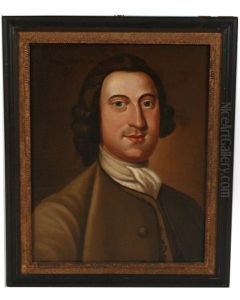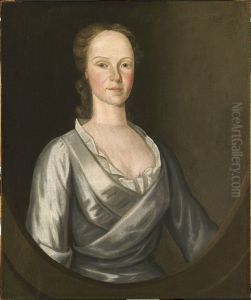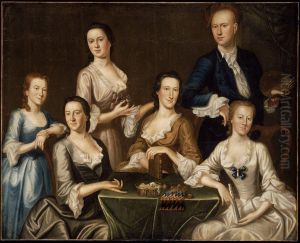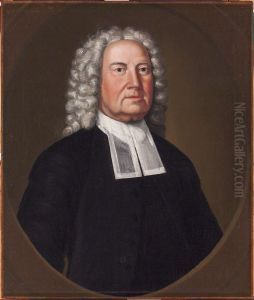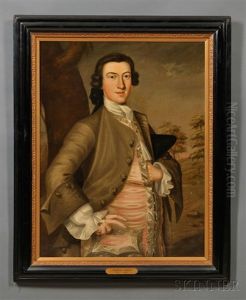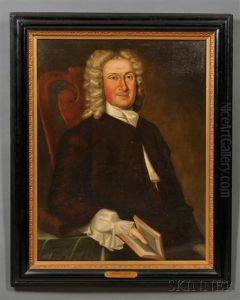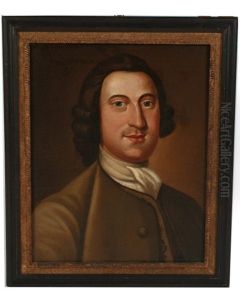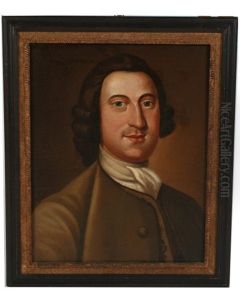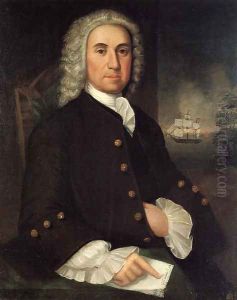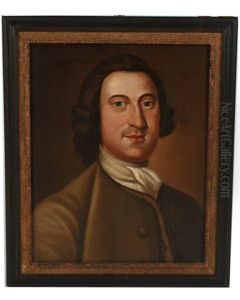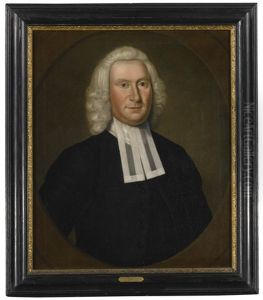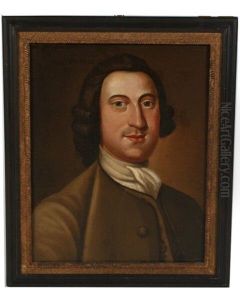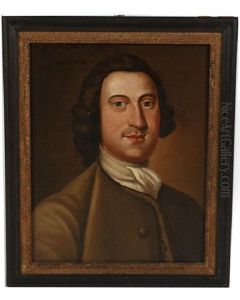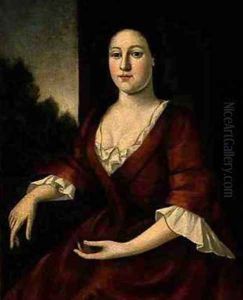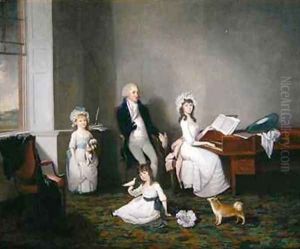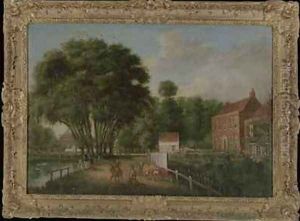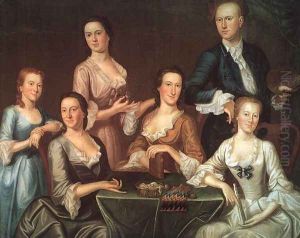John Greenwood Paintings
John Greenwood was a colonial American painter born in 1727 in Boston, Massachusetts. He is recognized for his work both in America and Europe, particularly in the genre of portraiture, which was a prominent art form in the 18th century. Greenwood's early life in Boston provided him with the foundational experiences that would shape his artistic career, but it was his travels and studies abroad that significantly influenced his style and technique.
In the mid-18th century, Greenwood left America to pursue artistic training and opportunities in Europe, a common practice among artists from the colonies seeking to refine their skills. He spent a considerable amount of time in Holland and England, where he was exposed to the works of European masters. This exposure is evident in the sophistication of his compositions and the refinement of his painting technique, distinguishing him from many of his contemporaries in America.
Greenwood's portraits are particularly notable for their detailed representation of the subject's attire and surroundings, as well as the psychological depth he managed to capture. His ability to depict the social status and personality of his sitters made him a sought-after portraitist among the colonial elite. Beyond portraiture, Greenwood also dabbled in genre scenes, which offered a glimpse into the everyday life of the period, though these works are less well-known.
After spending over a decade in Europe, Greenwood returned to America, where he continued to work and contribute to the growing artistic community in the colonies. His return marked a significant transfer of European artistic influences into the colonial art scene, impacting the development of early American art. Greenwood's career in America, however, was not just limited to painting. He also engaged in printmaking and was involved in various business ventures, showcasing a versatile and entrepreneurial spirit.
John Greenwood's death in 1792 marked the end of an influential career that bridged European and American art worlds in the 18th century. His legacy is preserved in the portraits and scenes that capture the complexities of colonial society, as well as in his role in the early American art history narrative. Through his work, Greenwood contributed to the cultural and artistic heritage of the United States, offering insights into the colonial experience and the evolving American identity.
